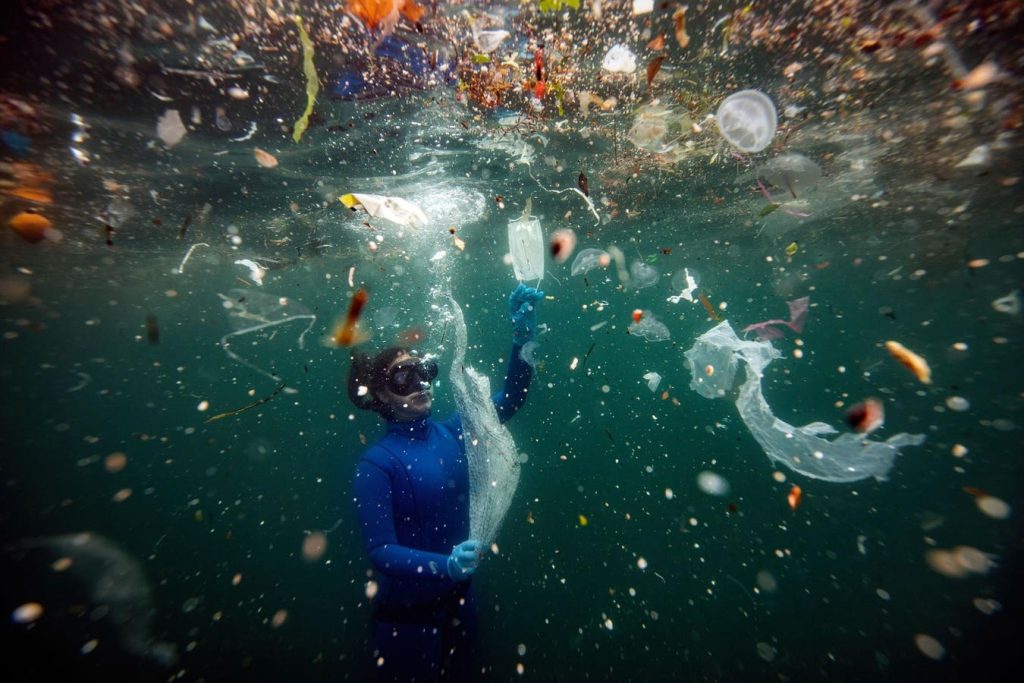From Miracle Material to Global Menace: The Story of Plastic Pollution
Plastic, once hailed as a revolutionary material, has become a ubiquitous pollutant, permeating every corner of the planet. From the deepest ocean trenches to the air we breathe, and even our own bloodstreams, plastic’s presence is undeniable. This synthetic marvel, initially celebrated for its versatility and durability, has transformed into a global environmental crisis, threatening ecosystems and human health alike. The journey from innovative material to environmental menace is a story of unintended consequences, driven by a culture of disposability and a linear economic model that prioritizes profit over planetary well-being. This article delves into the history of plastic, its meteoric rise, the devastating consequences of its overuse, and the crucial steps needed to forge a sustainable path forward.
The early 20th century witnessed the birth of the plastics industry. Materials like Bakelite revolutionized manufacturing, offering lightweight, durable, and versatile alternatives to traditional materials. Plastic’s contribution to healthcare was particularly significant, enabling the development of sterile equipment, life-saving devices, and disposable syringes. World War II further propelled the demand for plastics, solidifying its role in various industries. The post-war economic boom and the rise of consumerism in the mid-20th century saw plastic’s integration into everyday life, from toys and furniture to packaging and household goods. This period marked the beginning of a rapid shift towards a "throwaway culture," where convenience and disposability were prioritized over durability and reusability.
The inherent longevity of plastic presented a challenge for manufacturers seeking continuous growth. As markets became saturated with durable plastic goods, a strategic shift in marketing emerged. The narrative around plastic changed from emphasizing its durability to promoting its disposability. Single-use plastics were marketed as time-saving, convenient solutions for the modern consumer. This marketing strategy, coupled with the rise of fast-food chains like McDonald’s, which embraced disposable packaging for cost-efficiency, cemented the throwaway culture. The result was a dramatic increase in plastic waste, setting the stage for the environmental crisis we face today.
The consequences of this disposable culture are now starkly evident. Global plastic production has soared, particularly since 2000, with devastating impacts on the environment. Millions of tons of plastic waste leak into our oceans annually, harming marine life and disrupting ecosystems. From sea turtles mistaking plastic bags for jellyfish to whales ingesting vast quantities of microplastics, the impact on marine biodiversity is catastrophic. On land, plastic waste pollutes soil and waterways, affecting terrestrial animals and disrupting natural habitats. The proliferation of microplastics, tiny particles resulting from plastic degradation, poses a significant threat, contaminating food chains and entering our own bodies.
The human health implications of plastic pollution are increasingly alarming. Microplastics have been found in our food, water, and even the air we breathe, raising concerns about potential health risks. Studies have linked microplastic exposure to various health problems, including hormonal imbalances, reproductive issues, and developmental delays. Furthermore, the chemical additives used in plastic production, such as phthalates and bisphenols, pose additional risks, with potential links to endocrine disruption and other health concerns. The pervasiveness of plastic pollution highlights the interconnectedness of environmental and human health, underscoring the urgent need for systemic change.
Addressing the plastic crisis requires a fundamental shift away from the linear "make, take, waste" model towards a circular economy. This involves redesigning products for recyclability and reusability, promoting sustainable packaging alternatives, and implementing policies that incentivize responsible waste management. Transitioning to a circular economy requires collective action from governments, businesses, and individuals. Governments can implement policies such as bans on single-use plastics, extended producer responsibility schemes, and investments in recycling infrastructure. Businesses can innovate in product design, embrace sustainable packaging solutions, and adopt circular business models. Individuals can make conscious consumer choices, reduce their reliance on single-use plastics, and support businesses committed to sustainability.
Moving towards a zero-waste future requires a multi-faceted approach. Investing in innovative technologies, such as chemical recycling, which breaks down plastics into their original components, can create closed-loop systems. Promoting bioplastics, derived from renewable resources, offers a potential alternative to traditional petroleum-based plastics, but careful consideration of their environmental impact is essential. Ultimately, a successful transition requires a cultural shift away from disposability and towards a more mindful approach to consumption. Education and awareness campaigns can empower individuals to make informed choices and advocate for systemic change. The challenge of plastic pollution is immense, but through collective action and a commitment to sustainable practices, we can rewrite the narrative of plastic from one of environmental devastation to one of resilience and innovation. A cleaner, healthier planet is not merely an aspiration; it’s a necessity, and the time for action is now.


